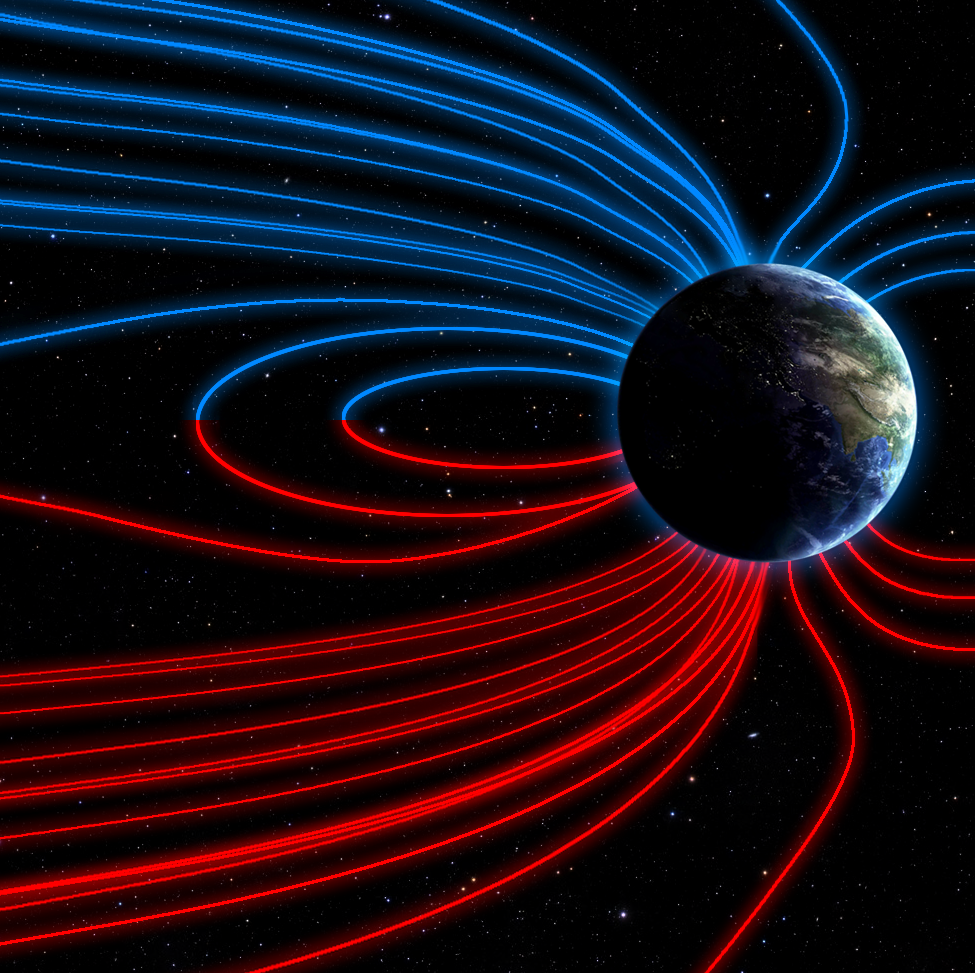September 3, 2019
Enceladus Article: https://agupubs.onlinelibrary.wiley.com/doi/full/10.1002/2016JE005235
Janus Article: https://agupubs.onlinelibrary.wiley.com/doi/10.1002/2017JA024917
Saturn Article: https://agupubs.onlinelibrary.wiley.com/doi/10.1029/2018JA026154
Showing 3 comments
Leave a Comment
You must be logged in to post a comment.


How dusty is the solar system is one I often wonder about. Not only are we missing the vast majority of dusty plasmas in the places we are actually looking at, we only look at a very tiny fraction of the solar system. To date we have sent probes and done surveys almost exclusively on the solar plane, in the vicinity of large bodies. All of the space north and south of the plane is assumed to be essentially empty, we haven’t even begun to understand just how dusty our own solar system may be or just how much of that dust is being transported by current.
Is it possible that the nova cycle is actually more of a dust cycle? Dust from all the various bodies of the system is transported as dusty plasma back to the sun, slowly over eons feeding the eventual crusting and outburst.
I don’t see why mainstream scientists are so apposed to the idea of “space dust”. The theory of how planets are formed (huge pieces of rock being drawn together by the force of gravity etc…) would naturally leave dust behind. I mean, haven’t they ever smashed two rocks together or even rubbed two rocks together??
I know, this is a very simplistic way of looking at it, but it is a fact that rocks when smashed or rubbed together leave dust. It’s true on Earth, but rocks are rocks and I can’t believe “outer space” would change that fact. So, why are the majority of scientists unable to grasp that? Unable or unwilling?
I suspect that given all this dust seems to be in the main consisting of Olivine, it is probably mostly transported by Electric Currents…..